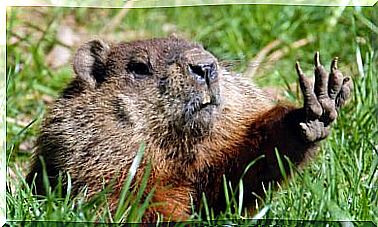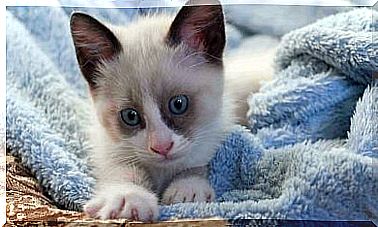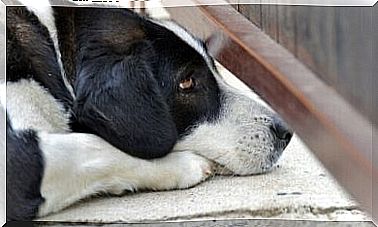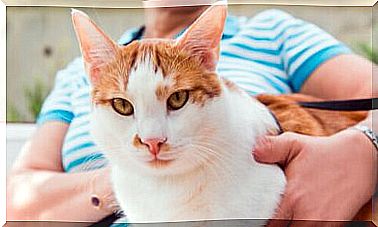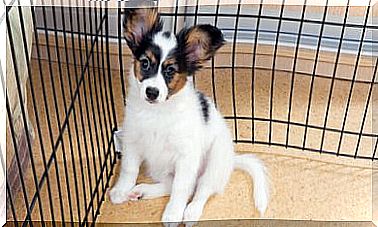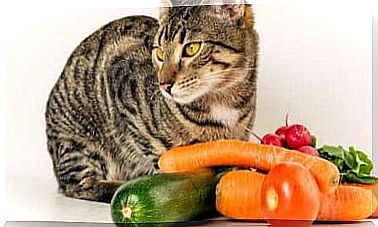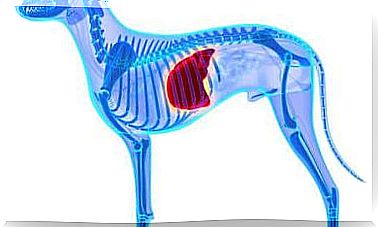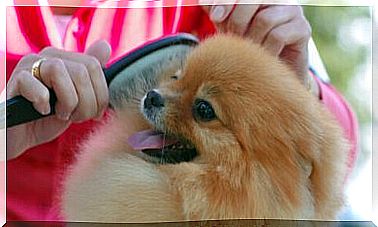The House Sparrow In Spain: In Danger Of Extinction?
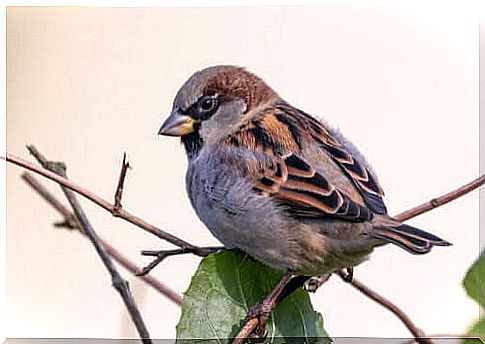
The house sparrow ( Passer domesticus ) is one of the best known urban birds. We can see it in parks, terraces, sidewalks and anywhere a bread crumb falls to the ground.
This bird’s confidence allows it to approach busy places without fear, even landing in the hands of someone offering some food. Of course, once it gets its way, the house sparrow flies to maintain a safe distance.
How to recognize the house sparrow?
The house sparrow is a bird that measures approximately 14 to 16 centimeters and is, in general, a stout bird. Both males and females have pink legs, however, there are other characteristics that allow them to be easily distinguished.
The male:
- The male has a gray crown with brown spots that line the crown and extend to the pale gray cheek and neck. Between the beak and the eyes, there is a black band, which resembles a mask.
- The thick beak is grayish black and the legs are light brown.
- At mating season, its beak turns completely black and regains its brown color during autumn.
The female:
- The female has an irregular gray plumage, with a brown tinge on the wings, fur and tail.
- Furthermore, it has a slight fringe between a brown stripe and a brown crown. Its beak is always gray at the tip and yellow at the base.
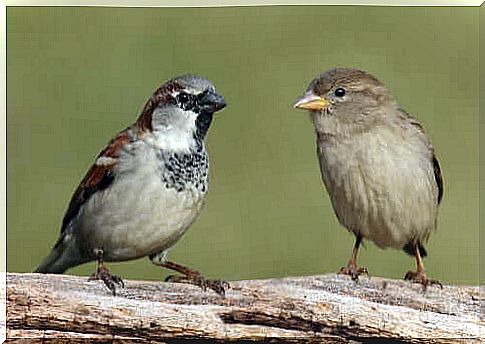
Is house sparrow a pest?
The house sparrow, due to its opportunistic character, uses the waste produced by human beings and, in some areas, feeds almost exclusively on them. Thus, given its dependence on human activity, this bird is scarce in uninhabited places.
Basically, their diet consists of seeds, wild or cultivated. In rural areas, it tends to steal food from farm animals, so it is not very popular.
When the warm season arrives, this bird feeds on insects, mainly locusts. With these insects, he fattens his young.
The sparrow plays an important ecological role and in a very simple way: varying its diet. While in winter it eats fruits, dried berries and seeds, during the summer it hunts invertebrates: beetles, cicadas, grasshoppers, crickets, aphids, spiders, flies and moths.
Adaptation specialists in the city
House sparrows mate and stay together for life, being devoted companions and parents. They have adapted to live and nestle in every imaginable corner of the city.
Whether it’s a street-corner lamppost, over air conditioners, cracks on the outside of buildings, dock posts and window bars. In these unexpected places, they build their nests with dry grass, feathers and rope.
House sparrows have the unusual behavior of bathing in dusty soils, usually in large groups. Each bird creates a small hole and throws dust into its feathers to kill the parasites, somewhat reminiscent of an elephant dust bath.
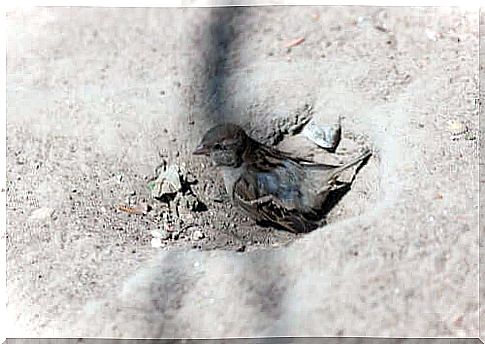
Bird model for scientific studies
The house sparrow became a kind of “model bird” for behavioral and ecological studies in the second half of the 20th century. This is due to its abundance and because of its facilitated reproduction in makeshift nests.
Other species studied together with the house sparrow are the mandarin, the common pigeon and the red-winged black bird.
Today, the species is still common enough to be the focus of several research programs, both in North America and Europe, having been the subject of numerous scientific articles.
Is the house sparrow population decreasing?
In Spain, the house sparrow is described as an abundant species in urban environments on a national scale, preferably at altitudes between 0 and 1,000 meters.
In general, its emergence peak is associated with an average spring temperature, a minimum altitude and a percentage of agricultural soil. On the other hand, the abrupt decline in house sparrow populations in the UK has been well documented.
Until now, the causes are believed to be complex and involve changes in agricultural practices that reduce food availability. It also has to do with competition with other birds, the loss of nesting sites in cities and the usual problems with pesticides.

